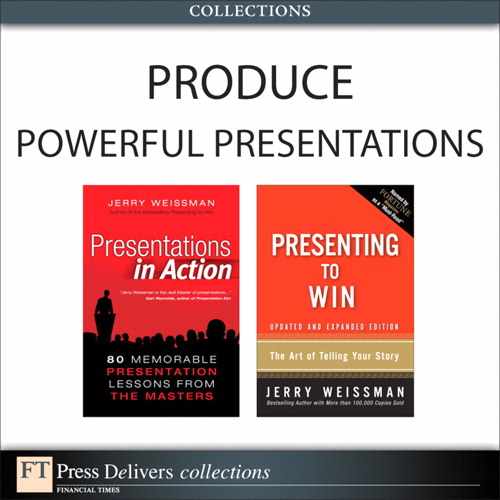40. The Art of Conversation: Eye Contact and Interaction Start at Infancy
A book called The Art of Conversation states its case very clearly in its subtitle: A Guided Tour of a Neglected Pleasure. As the Publishers Weekly blurb notes, author Catherine Blyth’s main focus ranges from “small talk to pillow talk, from riotous raconteurs to crashing bores, from flattery to false smiles.”
But Ms. Blyth goes beyond the frivolous to touch on some of the more substantive aspects of human communication. One of them is at the origin of interpersonal exchange. She looks back at how parents relate to infants and says:
“Goo-goo” is the most important word in the world, because when parents coo at babies, they’re educating them in what behaviorists call “musical companionship.” As babies goo-goo back, they absorb timing, taking turns, tone, coordination, gestures, facial expressions, storytelling—the orchestra of instruments by which emotions are transmitted and relationships formed.F40.1
Ms. Blyth’s description of early relationships resonates with that of another book called Bonding: Building the Foundations of Secure Attachment and Independence, by neonatologists Marshall H. Klaus, John H. Kennell, and Phyllis H. Klaus. Although Bonding is more than two decades old, it has become a classic for new parents. In it, the doctors report on their studies of the behavior of mothers and their newborn infants. One of the primary dynamics they explored is eye-to-eye contact. Marshall Klaus noted:
The visual system provides one of the most powerful networks for the mediation of maternal attachment. The babies who received this kind of attention went into a state called “quiet alert,” in which, rather than squirming and looking around as babies are apt to do, they remained focused on their mothers.F40.2
Taken together, both books describe the early imprinting of visual and vocal expressiveness and interaction in human communication. These dynamics carry into the adult life of every man and woman. Presenters can leverage these powerful forces with their own “orchestra of instruments.”
Treat every presentation as a series of person-to-person conversations. Make eye contact, be expressive and engage with every member of every audience.
In the next chapters you’ll learn the many benefits of this fundamental but powerful technique.
